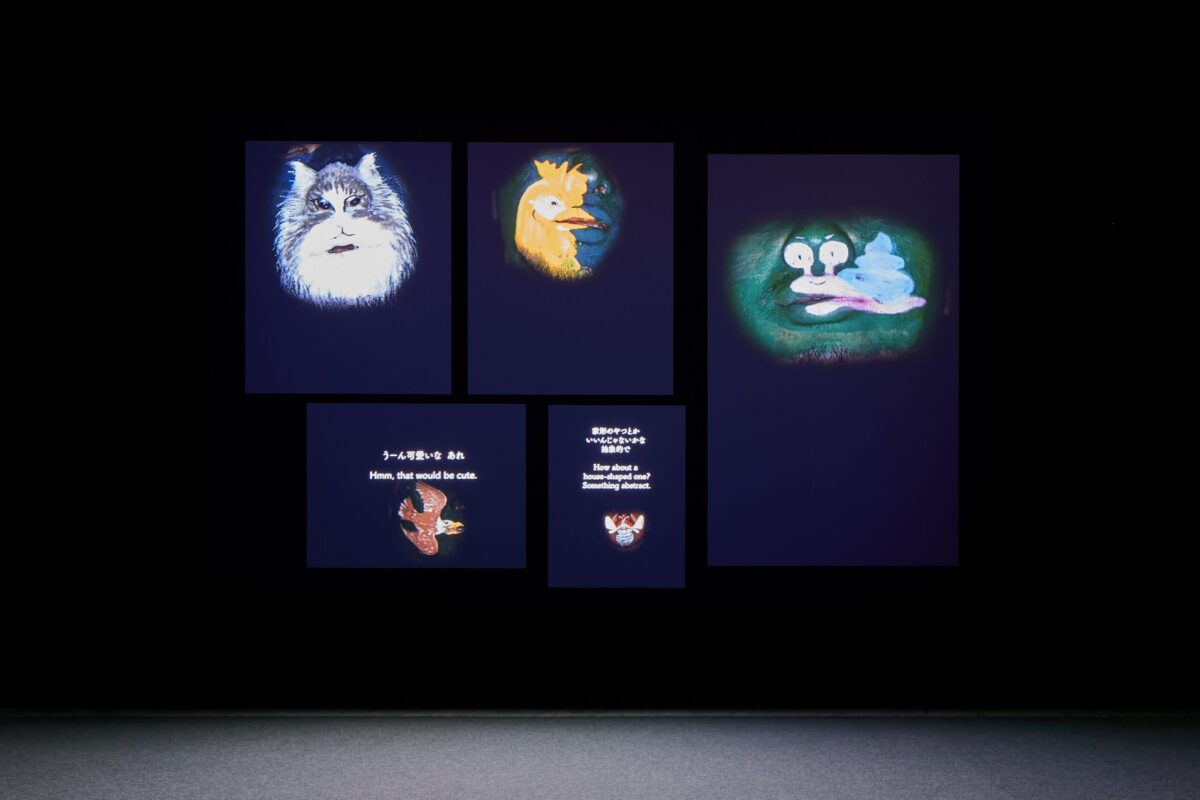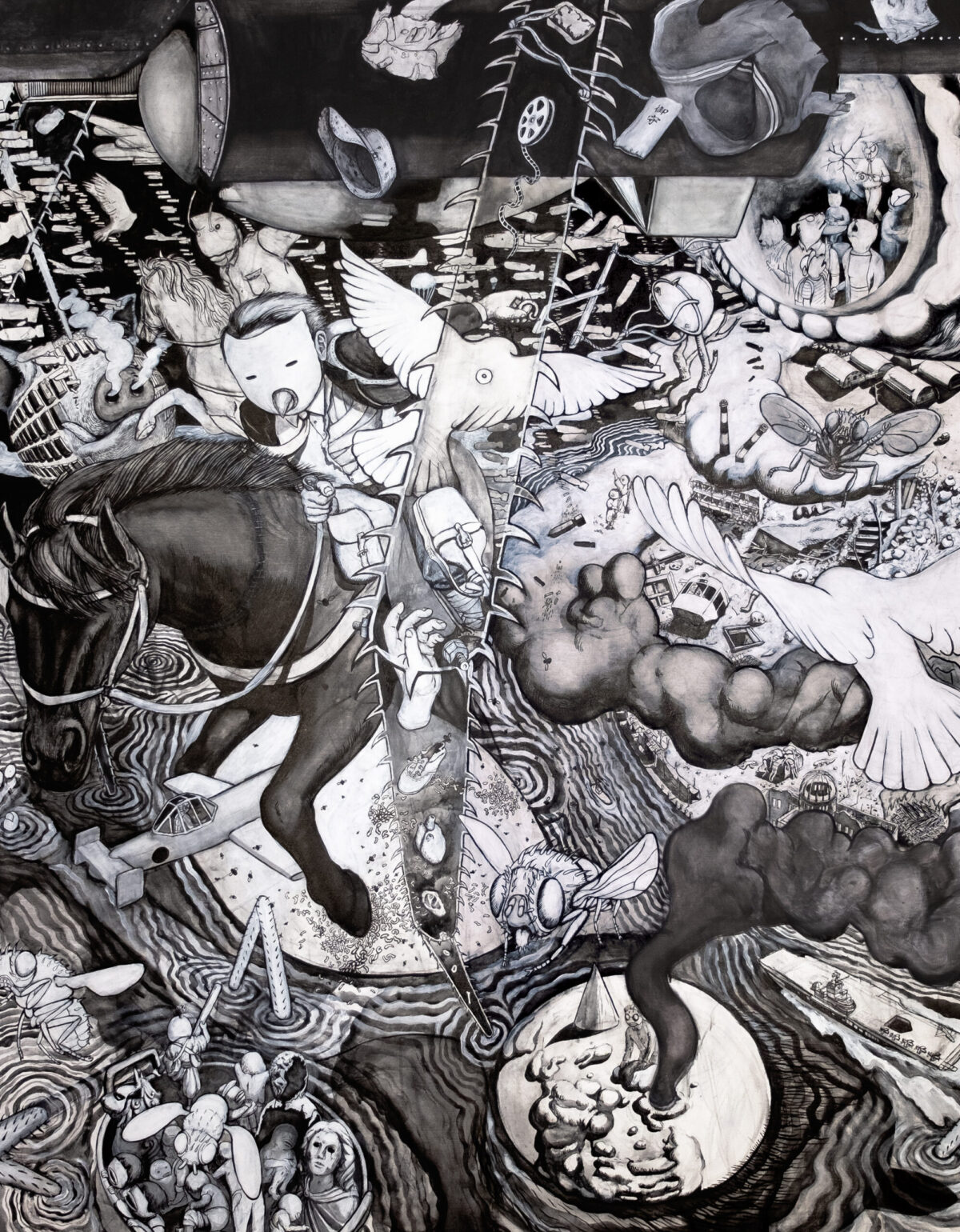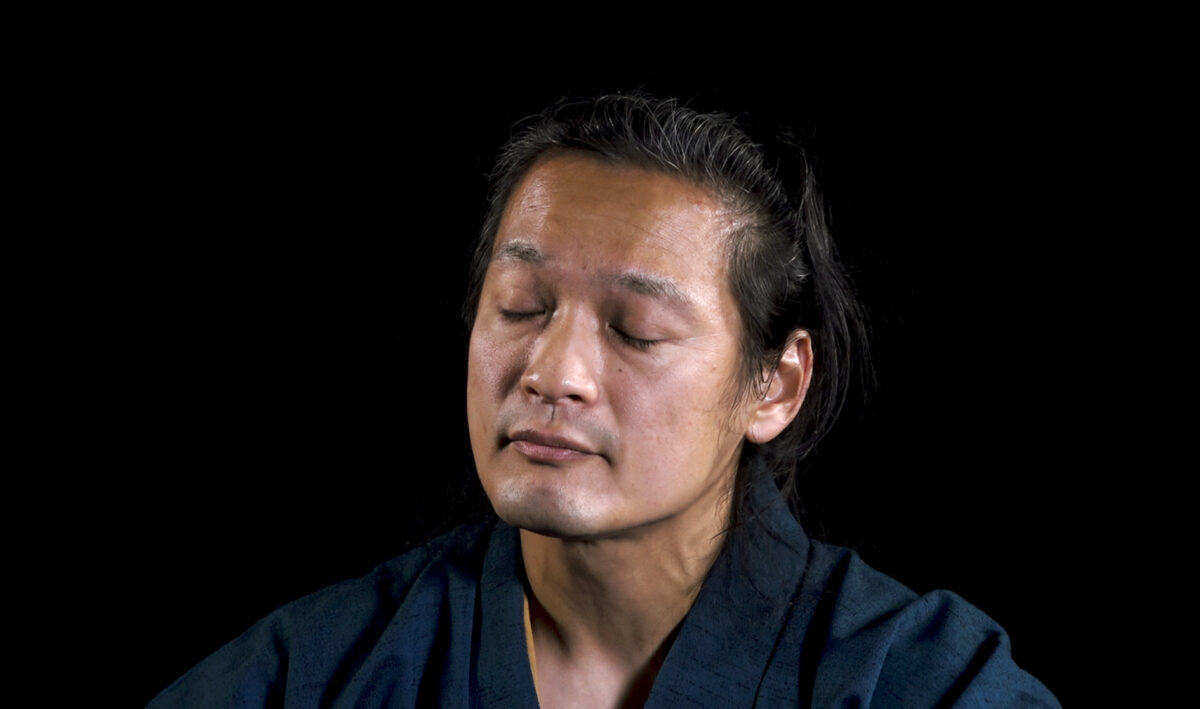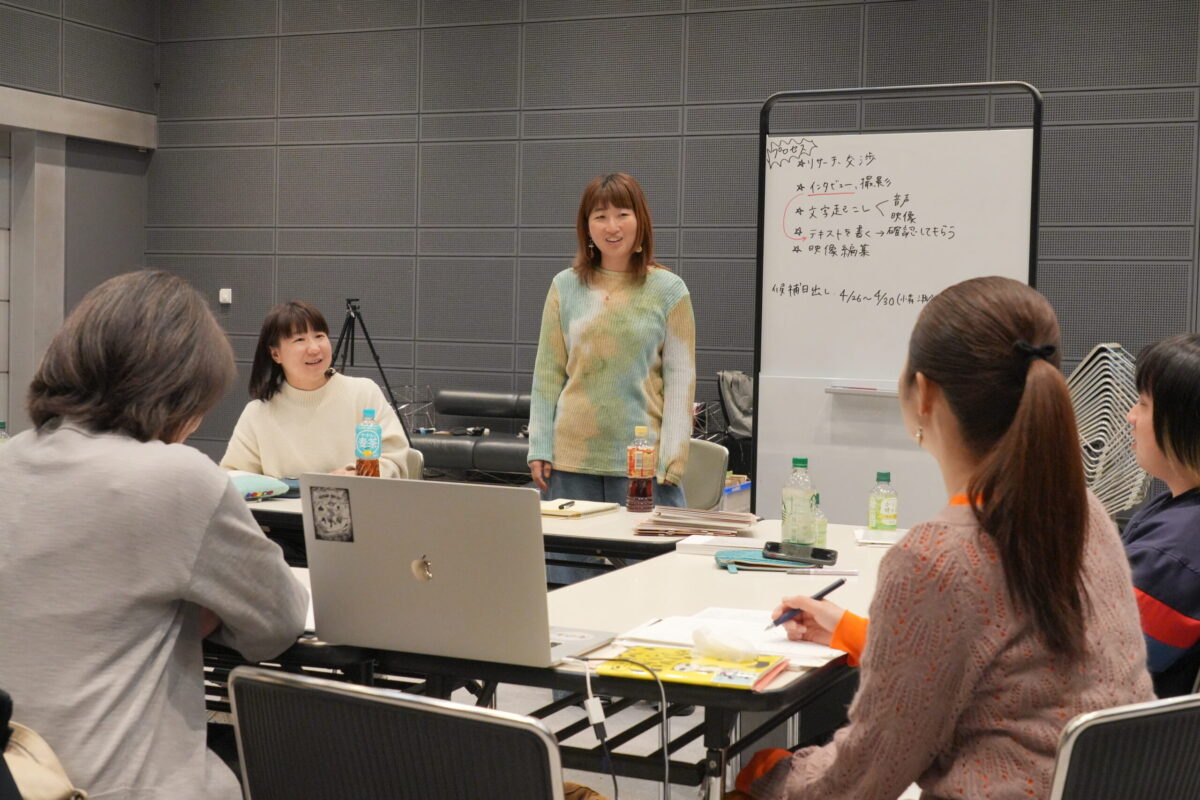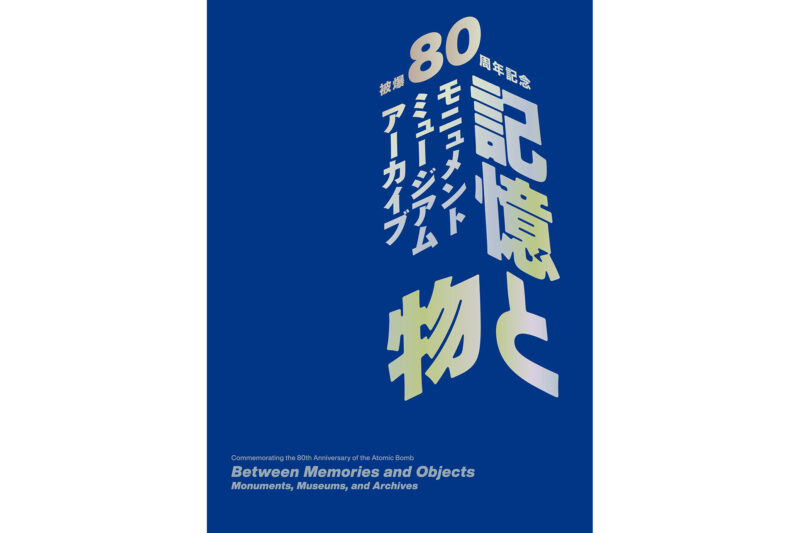-
Collection Exhibition Art Navigator Tour
EVENT
-
Special Exhibition Art Navigator Tour
EVENT
-
mocamoca Workshop
EVENT
-
Collection Exhibition 2025-Ⅱ
collection exhibition
-
Takano Ryudai: kasubaba
special exhibition
-
Touch, Untangle, Tones!
open program
-
Screening of Yokoo Tadanori, Mirror Myth
open program
-
Genki Isayama: The Way Objects Go
EVENT
Closed

